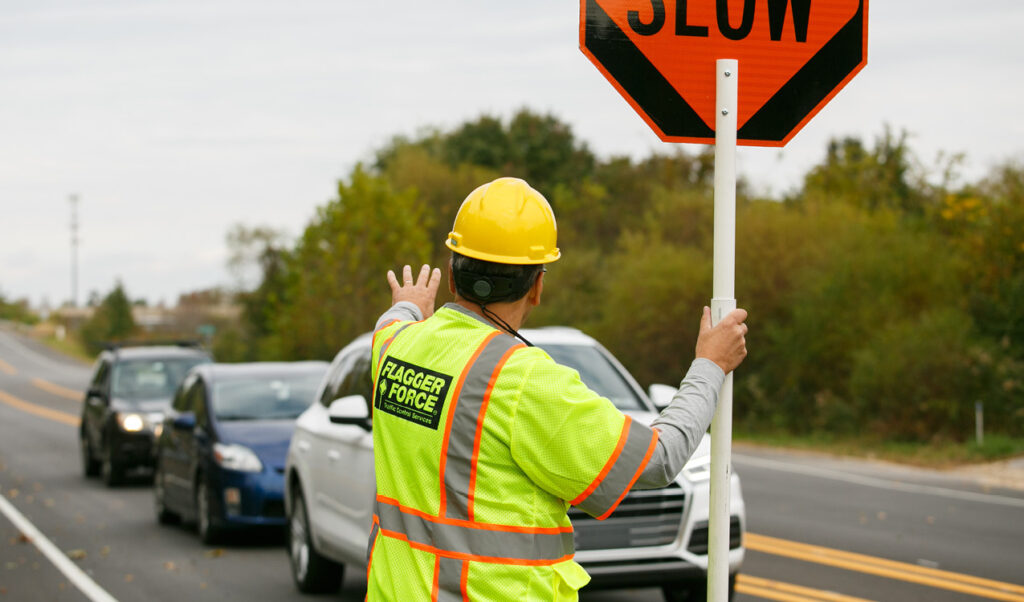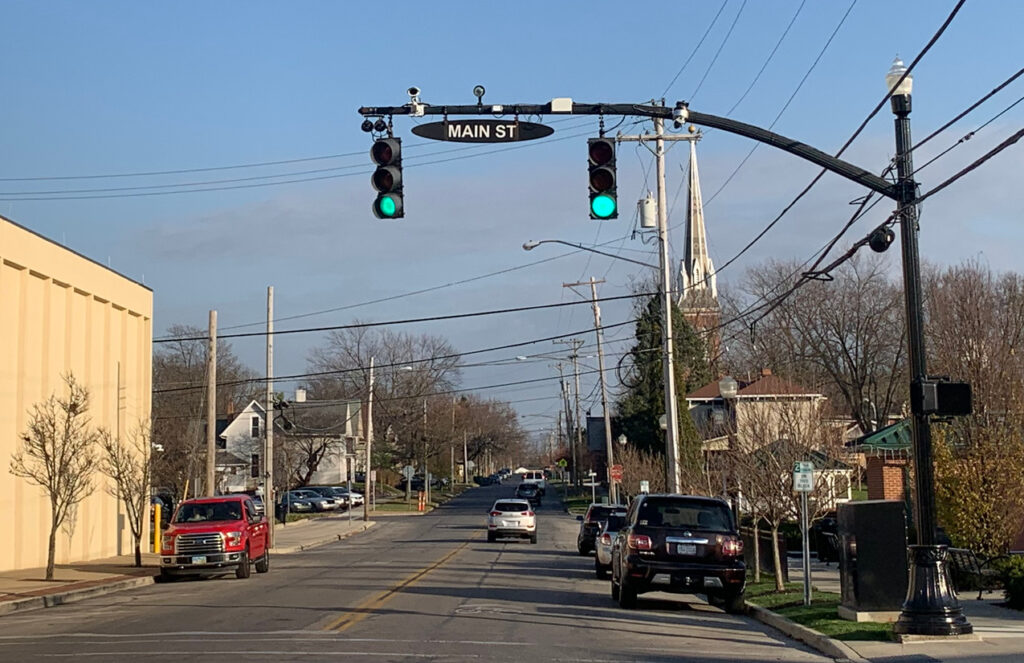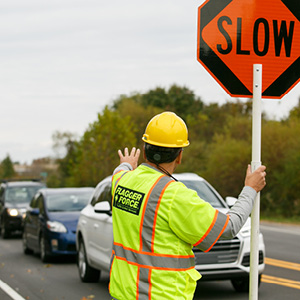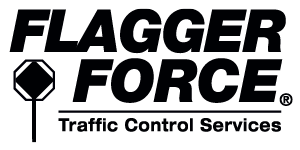Talk to any driver, and you’ll hear the same complaints: traffic delays are one of the most frustrating parts of driving. Studies show that being forced to slow, sitting in bumper-to-bumper traffic, and traveling through work zones are some of the most common ways to trigger road rage and aggressive driving behaviors. The data from these research projects tells us that American drivers almost universally dislike the necessary safety measures put in place for work zones.

Work Zones are Dangerous for Drivers and Workers
However, if motorists knew what they risked by ignoring work zone precautions, it might change their opinions. Many drivers don’t realize that when they comply with those distinctive orange signs that caution motorists to slow or even stop, they’re not only keeping road construction workers safer, but they’re also protecting their passengers and themselves.
The Department of Transportation reports that travelers and drivers, not road workers, account for 90% of deaths in work zones each year. But that doesn’t mean people working in road construction zones are safe. The National Safety Council reports that about 100 workers die in a work zone every year, and almost half of those deaths result from being struck by motor vehicles.
Data Informs Safety Measures in Work Zones
With so many dangers present, it’s no wonder that Flagger Force and other safety organizations take extraordinary care to protect drivers, passengers, and construction workers in all types of road construction situations. But did you ever wonder who develops these procedures, how the data is collected, and how we know if they work, how well they work, and when to apply safety measures?
New traffic management techniques are usually developed as a result of intensive research, testing, or surveys designed to identify the effectiveness of any proposed measure. Modern-day traffic safety research can come from universities, government organizations like DOTs or NHTSA, private/public partnerships like the 33 Smart Belt Coalition, and from businesses testing new products and procedures. And all of these organizations are using new technology to gather more data than ever before.
Better Data Improves Traffic Counting and Analysis
It wasn’t always this way. In the past, analyzing traffic was an exact science. Manual count processes used to be the gold standard. In manual counts, a person or groups of people used tally marks to record the number of vehicles passing at a predetermined location.
Pneumatic road tubes started replacing tally marks in the 1930s. Sensors sent a burst of air pressure along a rubber tube when a vehicle’s tires passed over the tube. The pressure pulse closed an air switch, producing an electrical signal transmitted to a counter or, more recently, to analysis software. Still widely in use today, pneumatic tubes are limited in what they can measure. Notably, the weight and wear of truck and bus volume can lead to inaccurate results. Their usefulness is limited to traffic counts and general speed analysis.
Newer temporary traffic sensor s, usually using a metal detector and a data recorder, are placed in the center of each driving lane. These updated versions can measure traffic by lane, are unaffected by larger vehicles, and are generally more accurate.
State of the art traffic analysis now uses digital video equipment and drone video. Today’s digital video options are relatively affordable and very reliable. These types of surveillance devices not only count traffic or measure speed; they can also identify and tally near misses, which helps to pinpoint unsafe areas or dangerous traffic patterns.
These next-generation digital monitoring programs can also scrutinize vehicle behavior by type (bus, truck, motorcycle, car), record lane usage and passing behavior, and even analyze vehicle time or actions within a set barrier, such as a traffic circle or a work zone.

Shareable Data Makes Collaboration Easier
With such precise information at their disposal, traffic experts can parse data and analyze in ways that were unimaginable just 20 years ago. Sophisticated digital video tools allow researchers to measure a wide range of effects and outcomes in any experiment, including traffic slowdowns, capacity issues, collisions and near misses, and driver confusion at merges and exits. These devices also allow researchers to do large-scale studies on compliance with signage.
Additionally, state, federal, non-profit, and private firms share databases and research results more openly than ever before. Thanks to digital sharing capabilities, it’s now easier than ever for researchers to combine and analyze big data in new and more precise ways. Using the reams of reliable data produced, government, labor, industry, academia, and departments of transportation, safety experts can now quickly agree on how to implement new safety measures and guidelines that, in previous decades, may have taken years to gain acceptance.
For example, The National Institute for Occupational Health and Safety analyzes data on work zone fatalities and surveys government, labor, industry, academia, and state departments of transportation to help identify and evaluate the effectiveness of measures being taken to reduce or eliminate work zone hazards.
The National Work Zone Safety Information Clearinghouse operates in cooperation with the U.S. Federal Highway Administration and Texas A&M Transportation Institute to develop findings from a long list of academically rigorous research covering everything from the effect of weather on work zone warnings in connected vehicles to “Particle Swarm Optimization Framework for Calibration of Driver Behavior Models at a Work Zone.”
What’s Next in Data Sharing?
Partnerships, coalitions, corridors, and collaborations like the ones mentioned in this article exist all across the country. With so many teams focused on improved safety and better traffic outcomes, innovations and improvements are happening all the time. By sharing precise data and expert analysis, teams continue to discover new ways to improve work zone safety, improve the driver experience, and even save lives.



